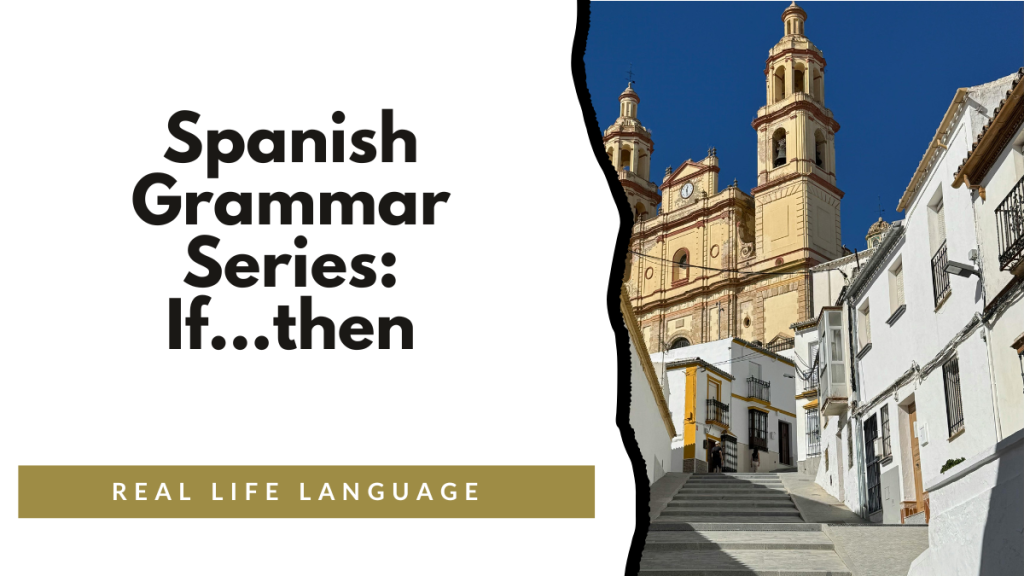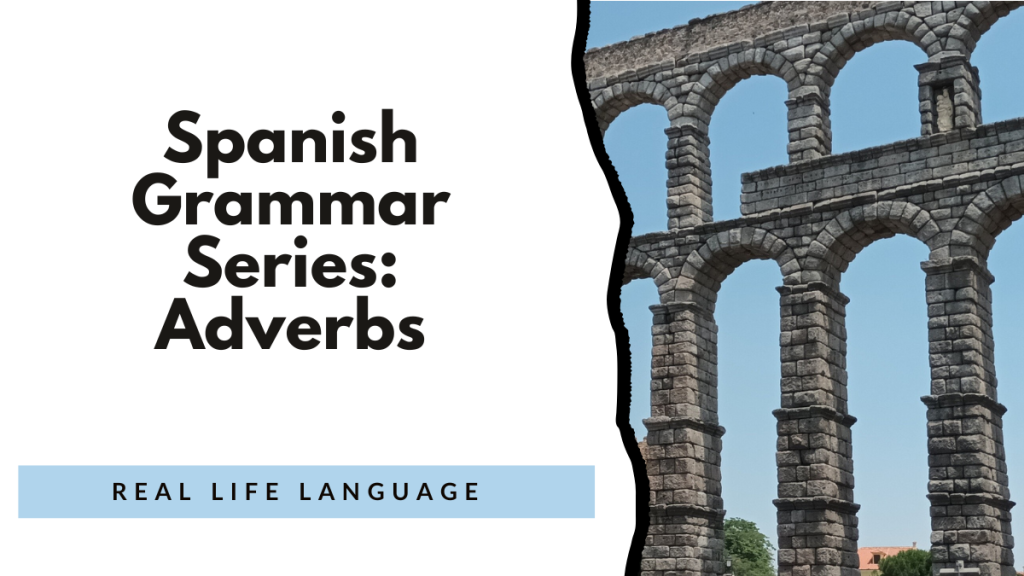(La Hora)
Knowing how to tell time in Spanish is essential for navigating daily life—whether you’re talking about class schedules, events, appointments, or routines. Being able to ask for the time, give the time, and describe both exact and approximate moments helps learners communicate clearly and naturally. In this section, students will explore how to form time expressions, use key vocabulary, and express special time phrases confidently in Spanish.
1) Asking for the Time
| English | Spanish |
| What time is it? | ¿Qué hora es? |
Use ¿Qué hora es? only to ask for the current time.
- ¿Qué hora es? → What time is it?
- ¿Sabes qué hora es? → Do you know what time it is?
2) The Basic Formula
To tell time in Spanish, use:
Es la + [hour] for 1:00
Son las + [hour] for all other times
| English | Spanish |
| It’s one o’clock. | Es la una. |
| It’s two o’clock. | Son las dos. |
| It’s five o’clock. | Son las cinco. |
Hora is feminine, so you use la / las.
3) Minutes Past the Hour
| English | Spanish | Notes |
| 1:05 | Es la una y cinco. | “and five” |
| 2:10 | Son las dos y diez. | “and ten” |
| 3:15 | Son las tres y cuarto. | “and a quarter” |
| 4:30 | Son las cuatro y media. | “and a half” |
| 5:45 | Son las seis menos cuarto. | “quarter to six” |
Use y to add minutes up to 30.
Use menos to subtract minutes from the next hour.
4) Minutes to the Hour
When expressing minutes before the next hour, use menos (minus).
| English | Spanish |
| 6:40 → twenty to seven | Son las siete menos veinte. |
| 8:50 → ten to nine | Son las nueve menos diez. |
| 11:45 → quarter to twelve | Son las doce menos cuarto. |
Think: Son las [next hour] menos [minutes to that hour].
5) Using “Cuarto” and “Media”
| Expression | Meaning | Example |
| y cuarto | and a quarter | Son las tres y cuarto. → It’s 3:15. |
| menos cuarto | quarter to | Son las cinco menos cuarto. → It’s 4:45. |
| y media | and a half | Es la una y media. → It’s 1:30. |
6) Expressing AM and PM
In Spanish, AM and PM are expressed with time-of-day phrases rather than abbreviations.
| English | Spanish | Example |
| in the morning | de la mañana | Son las ocho de la mañana. → It’s 8:00 a.m. |
| in the afternoon | de la tarde | Son las tres de la tarde. → It’s 3:00 p.m. |
| at night / in the evening | de la noche | Son las nueve de la noche. → It’s 9:00 p.m. |
Use por la mañana / tarde / noche to say in the morning/afternoon/night more generally:
- Trabajo por la mañana. → I work in the morning.
7) To Say “At What Time?”
| English | Spanish | Example |
| What time is…? | ¿A qué hora…? | ¿A qué hora es la clase? → What time is the class? |
| It’s at one o’clock. | Es a la una. | |
| It’s at two o’clock. | Es a las dos. |
A la(s) is used with specific times to mean at [time].
More Examples
- ¿A qué hora comes? → At what time do you eat?
Como a las dos. → I eat at two. - ¿A qué hora empieza la película? → What time does the movie start?
Empieza a las siete y media. → It starts at 7:30.
8) Expressing Approximate Time
| English | Spanish |
| around / about | a eso de / alrededor de |
| La fiesta empieza a eso de las ocho. → The party starts around eight. | |
| Llegamos alrededor de las diez. → We arrive around ten. |
9) Expressing Noon and Midnight
| English | Spanish | Example |
| noon | el mediodía | Es el mediodía. → It’s noon. |
| midnight | la medianoche | Es la medianoche. → It’s midnight. |
10) Common Time Expressions
| Spanish | English |
| a tiempo | on time |
| tarde | late |
| temprano | early |
| ahora | now |
| más tarde | later |
| pronto | soon |
| todavía / aún | still / yet |
| ya | already |
| de vez en cuando | once in a while |
| a veces | sometimes |
| cada hora | every hour |
| todo el día | all day |
Siempre llego a tiempo. → I always arrive on time.
Ella llega tarde. → She arrives late.
11) Practice: Fill in the Blanks
- ¿Qué hora es? — ________ (2:15)
- La clase empieza ________ (at 9:00 a.m.).
- La película termina ________ (at 11:30 p.m.).
- Es ________ (quarter to four).
- Mi cita es ________ (at noon).
Answers:
- Son las dos y cuarto.
- a las nueve de la mañana.
- a las once y media de la noche.
- Son las cuatro menos cuarto.
- al mediodía.
12) Practice: Translate
- It’s 1:00 p.m.
- It’s 7:45.
- The meeting is at 10:30.
- What time do you wake up?
- I go to bed at midnight.
Answers:
- Es la una de la tarde.
- Son las ocho menos cuarto.
- La reunión es a las diez y media.
- ¿A qué hora te despiertas?
- Me acuesto a la medianoche.
13) Quick Reference Summary
| Expression Type | Formula | Example |
| Asking for the time | ¿Qué hora es? | ¿Qué hora es? |
| Stating the time | Es la / Son las + number | Son las tres. |
| Adding minutes | y + minutes | Son las dos y cinco. |
| Subtracting minutes | menos + minutes | Son las tres menos diez. |
| Quarter / half | y cuarto / y media / menos cuarto | Son las seis y cuarto. |
| AM / PM | de la mañana / tarde / noche | Son las nueve de la mañana. |
| At what time? | ¿A qué hora…? / a la(s)… | ¿A qué hora es la clase? / Es a las dos. |
Why It Matters
Mastering telling time in Spanish helps learners:
- Talk about daily routines, schedules, and plans
- Understand train times, class schedules, and events
- Use natural time phrases in conversations and writing
It’s an essential foundation for fluent, real-world communication.
Building Proficiency for World Language Learners: 100+ High-Interest Activities
Discover over 100 dynamic activities to make world language learning interactive and fun. I wrote this book with some of my favorite activities for educators aiming to build proficiency with high-impact strategies.
Learn more and get your copy here.
5 Weeks of No and Low Prep Fun
Need quick, engaging activities for your class? This free guide includes 25 no-prep and low-prep ideas to save time while keeping students excited about learning.
Download your free copy now.
100s of videos to learn Spanish:

